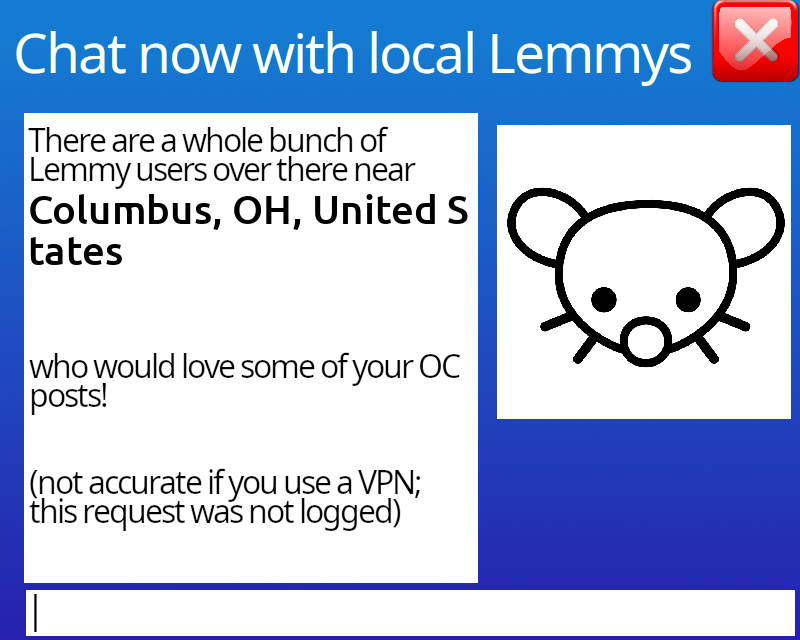

81·
6 months ago[This comment has been deleted by an automated system]
Giver of skulls



[This comment has been deleted by an automated system]


deleted by creator


deleted by creator


deleted by creator


deleted by creator


deleted by creator


deleted by creator


[This comment has been deleted by an automated system]


deleted by creator


[This comment has been deleted by an automated system]


deleted by creator


deleted by creator


deleted by creator


deleted by creator


deleted by creator


deleted by creator


[This comment has been deleted by an automated system]
deleted by creator